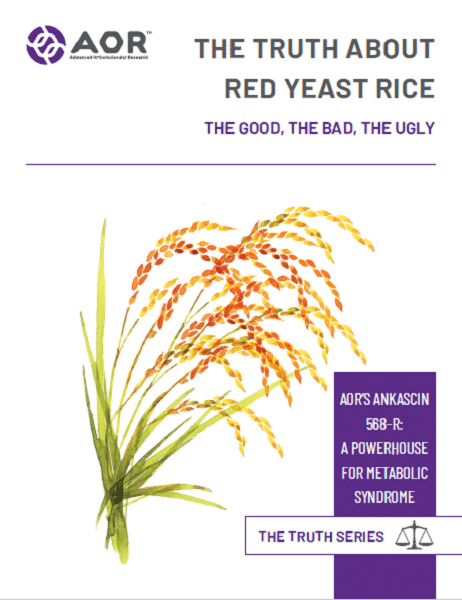The Truth about the Red Yeast Rice tackles the concerns relating to safety, efficacy and regulatory compliance of this traditional Chinese treatment for cholesterol management.

Let’s keep in touch
Don’t worry we only send updates monthly on offers, product changes, and new opportunities for you.
"*" indicates required fields
